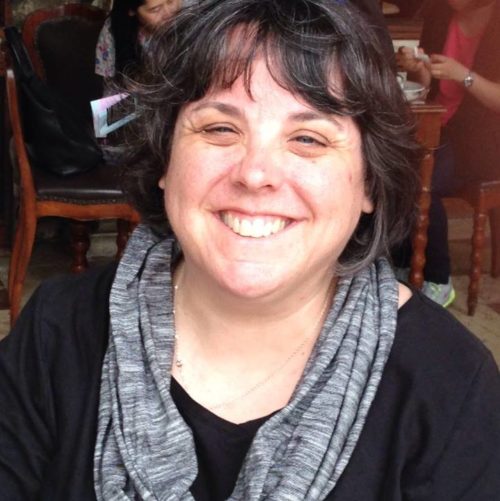A couple of weeks ago, I got to be the storyteller at the event formerly known as Vacation Bible School, now known by the far hipper (I suppose, she said old-schooledly) moniker: “Summer Jam.”
Whatever it’s called, it’s still exuberant songs and corny crafts and hyperkinetic games and funky snacks. And, of course, the Bible story. That last bit is actually harder than it seems since the children in attendance ranged from the never-churched to the over-churched.
It’s that latter group—the ones who (insert deep pre-adolescent sighing here) “already know that story” that interest me. Maybe it’s because I teach many of those same kids, just in their college incarnation. And I admit I’m a member of the tribe, too: a childhood that was spent at every conceivable church event with my family and that was steeped in deep knowledge of Bible and theology. A rich engagement with faith is what we want for our kids, but how often do our children and young adults check out when it feels like the “same ole/same ole” story. By prime VBS age, how often have they all heard it multiple times before—and in a way that flattens the wonder and grace of the gospel into something facile and insipid? And true for anyone with long tenure as a church-goer. too.
All of this is a long preamble to the ways in which telling the Bible stories at VBS helped me be attentive to new elements of the scripture, to asking new questions.
One of those questions arose out preparation to tell of Jesus’s healing of the blind man at the pool of Siloam (John 9). If you don’t remember the story, this is the one where Jesus uses mud he made by spitting in dirt (which I found–trying to do this in front of the kids and having to spit a lot–proved that Jesus must have had quite the salivary glands) and applies it to the eyes of a man who has been blind his entire life. Restoration of sight and lots of fun interactions with the Pharisees follow.
I know that healing is such a huge and fraught topic. One could begin, naturally, by asking why doesn’t Jesus just heal everyone, then and now?
But the answer to that question has tentacles that wrap around all kinds of trouble. And anyway, for me the mud-making, eye-smearing aspect was what got my attention. We know from other parts of the gospels that Jesus can heal with a word: why go to this messy trouble?
Of course, surveying all the ways that Jesus heals in scripture raises yet another question. Thinking of a few ways yields:
- Question (“do you want to be healed?”), followed by command for the invalid at the pool of Bethesda, John 5
- Touching of the leper in Matthew 8
- Distant command for the centurion’s servant in Luke 7
- Jesus touched by someone and he assents (like the woman “subject to bleeding), Matthew 9
- Assertion (all over the place)
I’m sure there’s theological literature on this topic that I need to investigate. But looking at even this small sample of healing, it seems like there might be at least two related things going on: 1) a truly personal God who takes time to particularize our healing because 2) the method of healing has meaning, too.
This is no generic chanting of the same words (not that there’s anything wrong with that). How much more powerful to realize that people receive healing in ways that are meaningful to them. So a touch-less word to the leper would have reinforce his untouchable-ness, while being touched is an affirmation of the man’s wholeness. The centurion operates in a world where command to folks unseen is a sign of authority—Jesus doesn’t need to go to the centurion’s servant because that’s not needed by the truly powerful. The means are ministry.
And for the blind man and his mud-pie treatment: the Bible is clear that he was born blind, so that the tactile would have been an important way of knowing for him. In some ways, maybe the application of the mud on his eyes let him participate, too. That is, to feel the mud in ways was a more profound way of experiencing his healing in a way than the abstraction of words.
The one-sizes-fits-all is never really true in any situation (the comedian Erma Bombeck once quipped: all of what?). But don’t we often think every healing will look the same? Maybe we’re missing some moments of restoration by expecting the cookie-cutter approach.
Clearly, there’s more to say and ponder here, but at the very least, it feels like a kind of grace to have glimpses of the lengths God goes—the divine particularity of participation—to redeem our messy lives.


